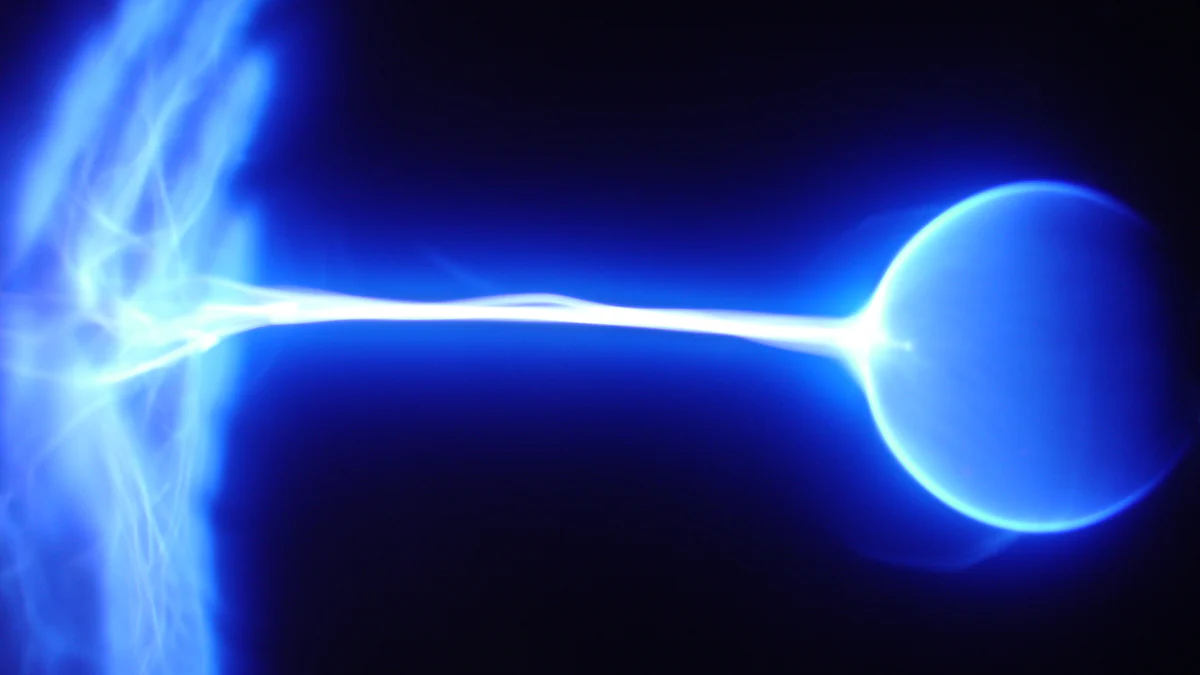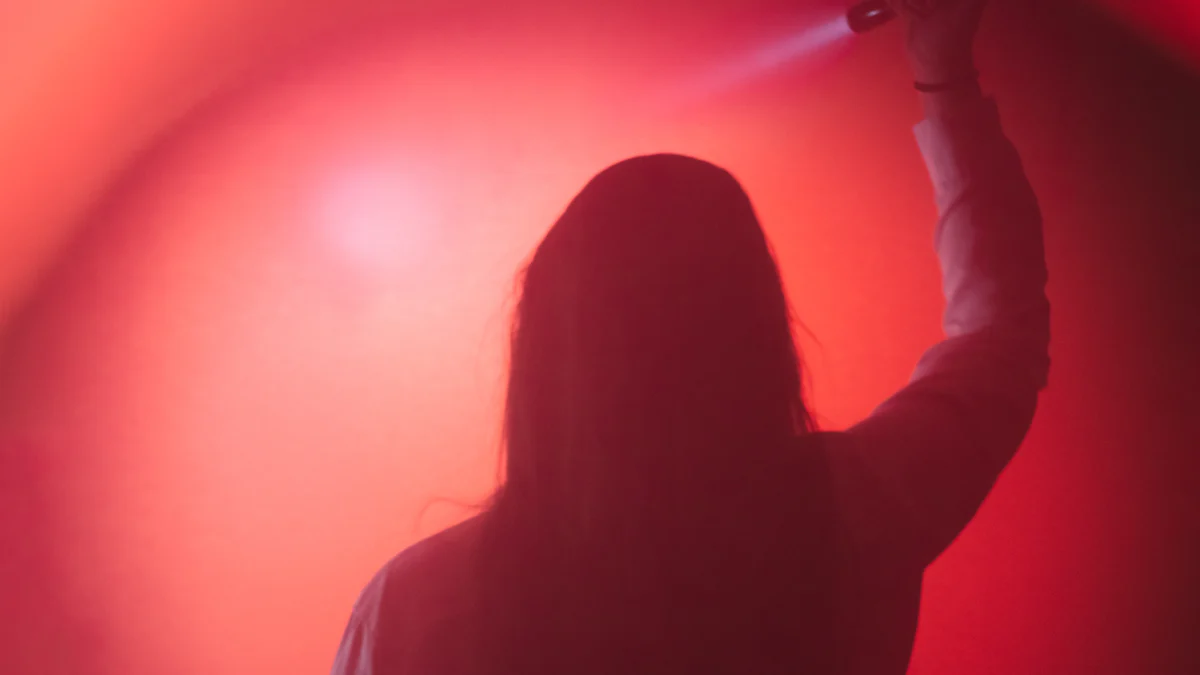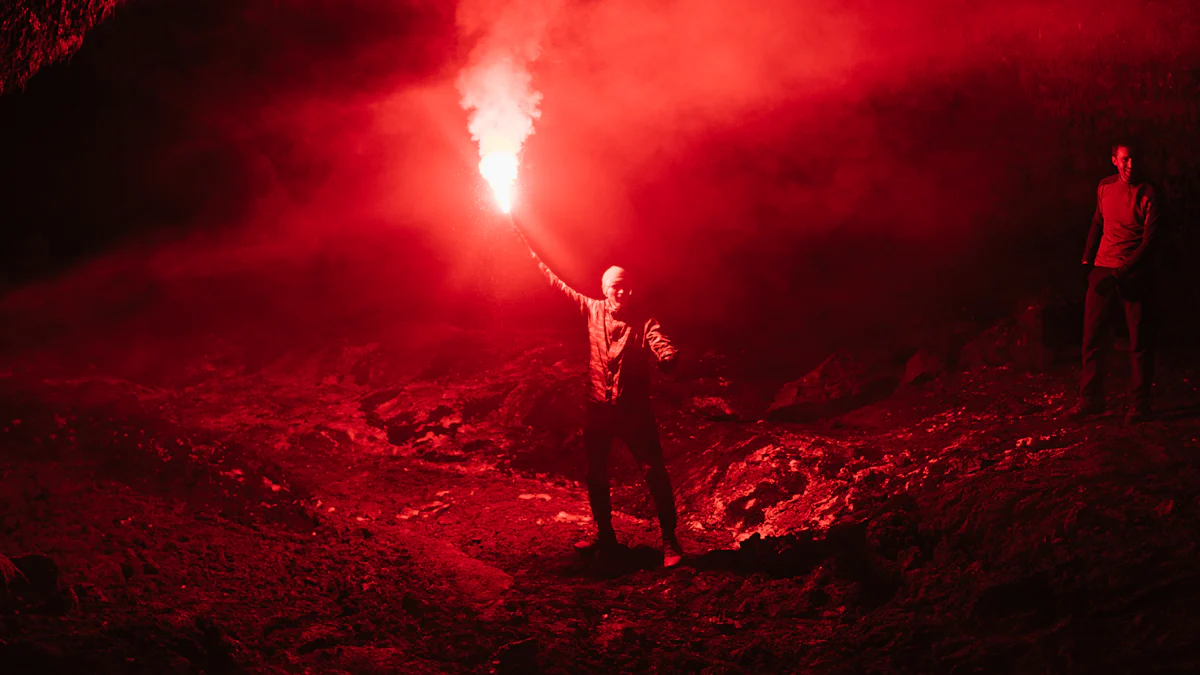Understanding the Role of Flashlight Color: White vs. Red vs. Blue Light

Flashlights come in different colors of light, each designed for specific tasks. Choosing the right flashlight color can make your activities safer and more efficient. For example, white light provides bright, clear visibility, making it ideal for camping or emergencies. Red light preserves your night vision, which is perfect for stargazing or observing wildlife. Blue light enhances contrast, helping you detect blood trails or fluids during forensic investigations.
Here’s a quick look at how these colors serve different purposes:
Flashlight Color | Common Activities/Environments | Purpose |
|---|---|---|
Red | Stargazing, wildlife observation | Preserves night vision, minimizes disruption |
Blue | Forensic investigations, hunting | Enhances visibility of blood trails, detects fluids |
White | Camping, hiking, emergency situations | Provides maximum brightness and clear visibility |
Understanding these differences helps you select the best flashlight for your needs.
Key Takeaways
White light is the most useful flashlight color. It gives bright light for camping, hiking, and emergencies.
Red light protects your night vision. It works well for stargazing and watching animals without scaring them.
Blue light helps you see better for certain tasks. It is good for finding blood trails and reading maps in dim light.
Think about what you need and where you are when picking a flashlight color. Each color has a special job based on your needs.
Knowing the good and bad sides of each flashlight color helps you choose wisely for different activities.
White Light: The Versatile Flashlight Color

Brightness and General Use
White light stands out as the most versatile option for flashlights. It provides bright, clear illumination that mimics natural daylight. This makes it ideal for a wide range of activities. You can rely on white light to brighten up dark spaces, whether you are indoors or outdoors. Among the different types of white light, some offer a cool tone, while others provide a warmer glow. Cool white light enhances visibility in detail-oriented tasks, while warm white light creates a softer, more comfortable ambiance.
When you need a flashlight for general use, white light is often the best choice. It delivers consistent brightness, ensuring you can see clearly in various environments. Whether you are navigating a dark trail or searching for something in a dimly lit room, white light ensures you have the visibility you need.
Everyday Applications
You will find white light useful in countless everyday situations. It is perfect for camping trips, where you need to illuminate your surroundings after sunset. At home, white light helps during power outages or when working in poorly lit areas. It also proves essential for hiking, as it lights up the path ahead and helps you avoid obstacles.
Among the types of white light, some are designed for specific tasks. For example, high-intensity white light works well for outdoor adventures, while softer white light is better for reading or relaxing. This adaptability makes white light a reliable choice for most situations.
Limitations of White Light
Despite its versatility, white light has some drawbacks. It can be too bright in certain situations, causing glare or discomfort. For example, when you are stargazing or observing wildlife, white light may disrupt your night vision and scare away animals. Additionally, prolonged exposure to intense white light can strain your eyes.
Another limitation is its inability to preserve night vision. Unlike red light, white light resets your eyes' adaptation to darkness, making it less suitable for nighttime activities that require subtle illumination. Understanding these limitations helps you decide when to use white light and when to opt for other colors.
Red Light: The Night Vision Preserver

Benefits of Red Light
Red light offers unique advantages, especially in low-light environments. It helps preserve your natural night vision by minimizing the impact on your eyes' sensitivity to darkness. Unlike white light, which can reset your eyes' adaptation to the dark, red light primarily affects the cones in your retina. This allows the rods, which are responsible for low-light perception, to function optimally.
Your eyes rely on a chemical called rhodopsin to see in the dark. Red light does not disrupt the production of rhodopsin, ensuring your natural night vision remains intact. This makes red light an excellent choice for activities that require subtle illumination without compromising your ability to see in the dark.
Red light keeps your pupils dilated, enhancing your ability to see in low-light conditions.
It reduces glare and eye strain, making it more comfortable for prolonged use.
Many stargazers and wildlife enthusiasts prefer red light for its ability to preserve night vision.
Best Uses for Red Light
You will find red light particularly useful in activities that demand minimal disruption to your natural night vision. Stargazing is a prime example. Red light allows you to read star charts or adjust your equipment without losing your ability to see the stars. Similarly, it is ideal for wildlife observation, as it minimizes disturbance to animals.
If you enjoy camping, red light can help you navigate your campsite or find items in your tent without waking others. It is also a favorite among hunters, as it provides enough illumination to track without alerting prey. For emergency preparedness, red light is invaluable. It allows you to maintain your vision in the dark while signaling for help if needed.
Drawbacks of Red Light
Despite its benefits, red light has limitations. It is not as bright as white light, which can make it less effective for tasks requiring high visibility. For example, if you need to illuminate a large area or perform detail-oriented work, red light may fall short.
Another drawback is its limited range. Red light does not travel as far as white light, which can make it challenging to see distant objects. Additionally, some people find it harder to adjust to red light, especially if they are not accustomed to using it.
Understanding these drawbacks will help you decide when red light is the right choice for your needs. While it excels in preserving natural night vision, it may not be suitable for every situation.
Blue Light: The Specialized Flashlight Color
Unique Features of Blue Light
Blue light stands out for its ability to enhance visibility in specific scenarios. It offers unique features that make it ideal for specialized tasks. For instance, it improves the visibility of blood trails, making it easier to track them in low-light conditions. This feature proves especially useful for hunters and forensic investigators. Blue light also highlights bodily fluids, aiding in crime scene investigations or cleanup efforts.
Another advantage is its ability to enhance map reading at night. Blue light creates great contrast against the background, allowing you to read topographic maps more effectively. It also reduces glare and eye strain, making it comfortable for close-up tasks over extended periods. Additionally, blue light performs well in foggy or misty weather, cutting through these conditions better than white light. This ensures clearer visibility when navigating in adverse weather.
Practical Applications of Blue Light
You will find blue light useful in several practical situations:
Tracking blood trails during hunting or forensic investigations.
Detecting bodily fluids for crime scene analysis or first aid.
Enhancing map reading at night for improved navigation.
Reducing eye strain during detailed, close-up tasks.
Improving visibility in fog or mist, ensuring safer travel in poor weather.
These applications highlight the versatility of blue light in specialized fields. Whether you are a hunter, a forensic expert, or an outdoor enthusiast, blue light can serve your needs effectively.
Challenges of Using Blue Light
Despite its benefits, blue light has limitations. It is not as bright as white light, which can make it less effective for illuminating large areas. Its specialized nature also means it may not be suitable for general use. For example, while it excels in enhancing contrast and visibility for specific tasks, it may not provide the broad illumination needed for everyday activities.
Another challenge is its limited range. Blue light does not travel as far as white light, which can make it harder to see distant objects. Additionally, some users may find it less intuitive to use compared to more common flashlight colors. Understanding these challenges will help you decide when blue light is the right choice for your needs.
Choosing the Right Flashlight Color for Your Needs
Factors to Consider
When picking the right flashlight for your needs, you should evaluate several factors to ensure the flashlight color matches your activity.
Purpose of the flashlight: Each flashlight color serves a specific function. Red light preserves night vision, making it ideal for stargazing or wildlife observation. Blue light enhances contrast, which is suitable for investigators tracking blood trails or fluids.
Environment of use: The conditions where you use the flashlight matter. Foggy or smoky environments may require yellow or amber light for better visibility. In contrast, white light works well for general use in clear conditions.
Personal preferences: Your comfort and aesthetic choices also play a role. Some people prefer softer tones, while others prioritize brightness or specific features.
By considering these factors, you can select a flashlight color that aligns with your needs and environment.
Each flashlight color offers unique advantages tailored to specific needs. White light provides the brightest illumination, making it perfect for outdoor activities or emergencies. Red light preserves your night vision, which is essential for stargazing or observing wildlife. Blue light enhances contrast and visibility, helping with detailed tasks like reading maps or tracking in dim conditions.
To choose the best option, consider your activity and environment. For nighttime activities, red light minimizes disruption to your vision. For specialized tasks, blue light improves clarity. By understanding these features, you can select the flashlight that suits your needs.
FAQ
What flashlight color is best for camping?
White light works best for camping. It provides bright, clear illumination for setting up tents, cooking, or navigating trails. If you want to preserve night vision while moving around the campsite, red light is a great alternative.
Can I use blue light for reading maps at night?
Yes, blue light enhances contrast, making it easier to read maps in low-light conditions. It reduces glare and eye strain, which helps during extended navigation tasks. This makes it a practical choice for nighttime map reading.
Why does red light preserve night vision?
Red light affects the cones in your eyes but leaves the rods, responsible for low-light vision, unaffected. This allows your eyes to stay adapted to darkness. It also prevents the disruption of rhodopsin, a chemical essential for seeing in the dark.
Is white light suitable for stargazing?
No, white light disrupts your night vision and makes it harder to see stars. Red light is a better option for stargazing. It provides enough illumination for reading star charts without affecting your ability to see the night sky.
When should I choose blue light over white light?
Choose blue light for specialized tasks like tracking blood trails, detecting fluids, or navigating in foggy conditions. It enhances contrast and visibility in these scenarios. However, for general use or bright illumination, white light remains the better choice.
See Also
Green Light Versus White Light Flashlights: A Hunting Comparison
Regular Flashlights Compared to Police Flashlights: Which Wins?
What Constitutes a Tactical Flashlight: Key Features Explained
Selecting the Ideal Flashlight Color: A Guide for Adventurers
Diving Flashlights Versus Standard Flashlights: Key Differences Explained
